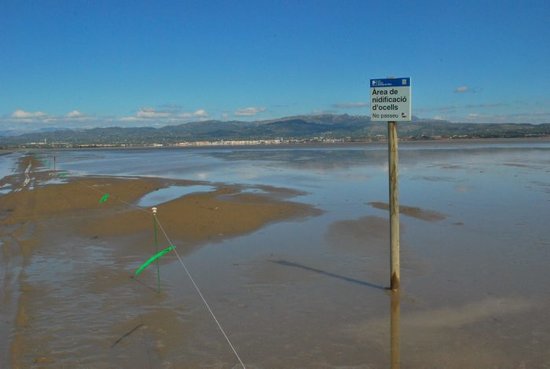Salt harvest begins in Catalonia’s Ebre Delta
Estimates suggest 95,000 tonnes will be harvested this year, with 70% of the product destined for export

On Catalonia’s southern coast is to be found the wetland area known locally as the Delta de l'Ebre, or Ebre Delta, where this week the annual harvesting of salt began. Concentrated around the peninsula in the Delta known as the Punta de la Banya, some 95,000 tonnes of salt are expected to be harvested this year.
According to the Infosa company that works the salt flats, the harvest will yield 10,000 tonnes less than last year, largely due to the extra rainfall registered in April and May. However, the company’s manager, Joan Sucarrats, also said that the quality of the salt, which will be harvested until the middle of September, is likely to be higher than usual.
Sucarrats also pointed out that the harvesting of fleur de sel, which is salt that forms as a delicate crust on the surface of seawater as it evaporates, and which is much prized in the culinary world, is likely to reach 25 tonnes, a similar figure to that of last year. Infosa exports some 70% of its production, with most of it destined for industrial use.
While this year’s fleur de sel is of higher quality than usual, Sucarrats points out that only 20% of the salt harvested in the Delta is for human consumption. According to the head of Infosa, up to 80% of the salt the company harvests is for industry, for swimming pools, for the leather market, the food industry or for spreading on the roads in winter.
With most of the company’s production going abroad, the main destinations for its product are France and the United States. However, Infosa also exports salt to Germany, the United Kingdom and North Africa, and it expects to register a turnover by the end of this business year of some 13 million euros.